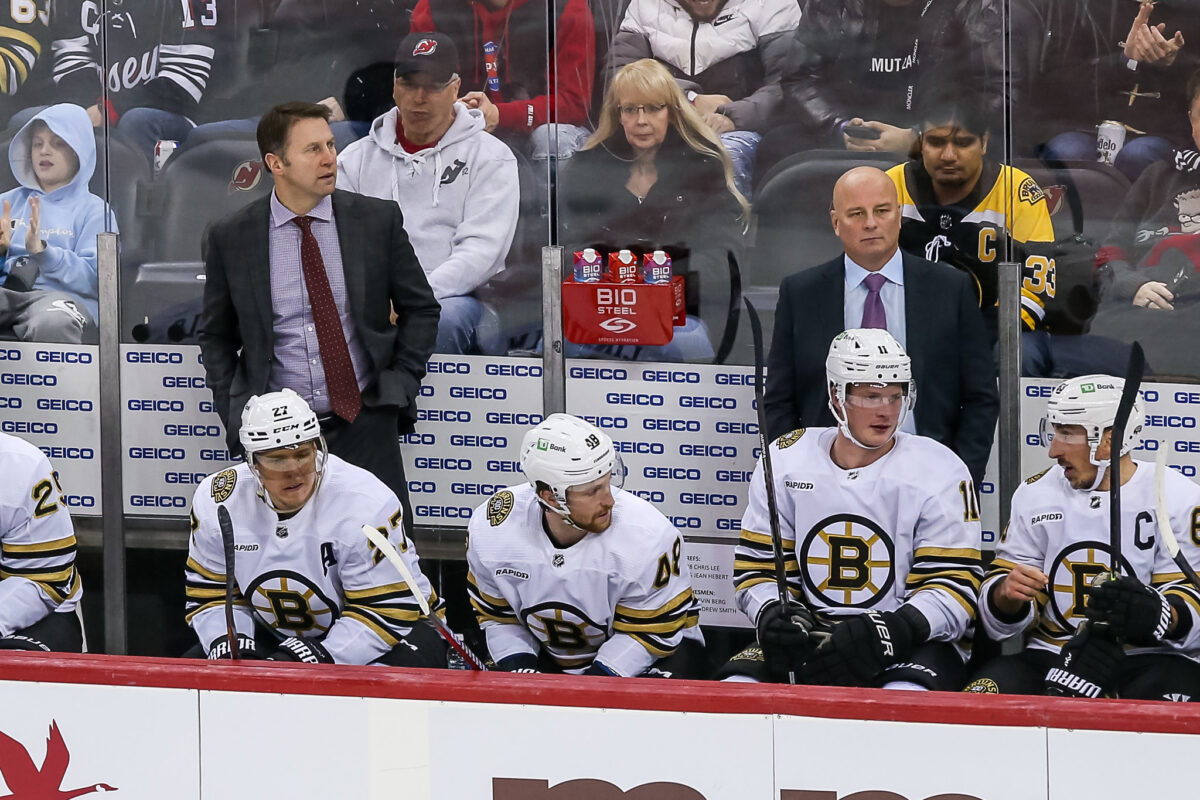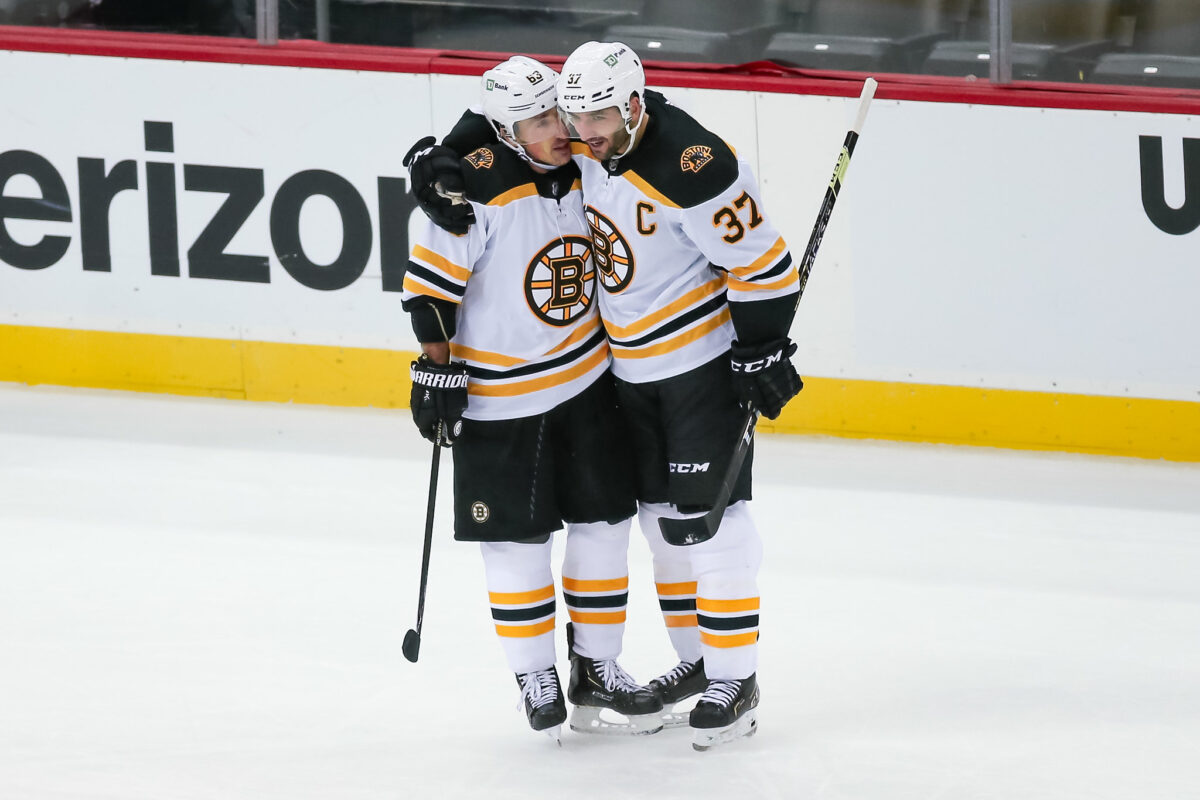The Boston Bruins are entering their bye week with a 31-9-9 record. Their 71 points tie them for first in the NHL with the Vancouver Canucks and have silenced many naysayers who expected the Bruins to potentially fall out of a playoff spot this season. In all fairness, the team did lose some major contributors during the offseason and was expected to be significantly worse this season than last season; though the team isn’t as good as the record-setting team that took to the ice from last year, this team has proven to be more than good enough to compete on any given night.

Still, for all of the good that can be found in this Bruins’ team, there’s always room for improvement. This team deserves all of the credit in the world for what it’s done so far, but the team’s goal isn’t to just be good in the regular season. The Bruins may be one of the best teams in hockey, but they’ll still need to improve in certain areas if they want to compete for a Stanley Cup in what many expected to be a transition year of sorts.
The first and most obvious area that the Bruins need to improve comes in the form of their defensive-zone efforts. The Bruins have often struggled in their own zone this season, relying heavily on the play of both Jeremy Swayman and Linus Ullmark to bail them out of tough spots. While both goaltenders are among the best on the planet at their position, it’s unrealistic to expect them to be nearly perfect every single game. This becomes increasingly difficult come playoff time due to the level of competition, the added pressure and the exhaustion that mounts after a long, grueling NHL regular season.
“We still need to get better at boxing out at our net, covering the slot,” head coach Jim Montgomery said. “Our goaltenders are still having to make too many good saves. Besides that, just continuing to build on our offensive game.”
Beyond boxing out the opposition, the Bruins’ ability to clear the zone and prevent zone entries needs to improve following the team’s bye week and the 2024 All-Star Weekend.
Bruins Special Teams Need to Bounce Back
The Bruins have been top-10 in both power play and penalty kill percentage this season, but both areas have been lacking a little as of late.
“I think special teams have been lacking a little bit maybe this last stretch here,” Hampus Lindholm told reporters following the Bruins win over the Flyers, per the team. “We’ve been playing really good 5-on-5. There’s always things to work on.”
In the team’s last 10 games, they’ve converted on seven of 32 possible power plays. That would put them at a 21.87% powerplay conversion. For reference, that would place the Bruins in 16th place in the NHL; in reality, the team is fifth in the NHL with a 26% conversion rate. Admittedly, the power hasn’t come completely off the tracks, but the Bruins have seen what can happen if the power play dries out at the wrong time; consistency is key. The penalty kill, however, is an entirely different story.

The Bruins were expected to be slightly worse while shorthanded this season without Patrice Bergeron and David Krejci down the middle. While the Bruins finished with a league-best 87.28% in the regular season last year, the team has seen a fairly significant drop leading into the All-Star break, sitting in seventh place and killing off 82.8% of opposing power plays. While this is still very respectable and would have been a top-five mark last season, the penalty kill is trending in the wrong direction.
In the team’s last 10 games, the Bruins have allowed 10 power-play goals against in 32 power-play opportunities. This is staggering, as it means the team has killed off penalties at just a 68% clip. In the 39 games prior, the Bruins had allowed just 21 goals in 148 opportunities. For those keeping tally, that’s an 85.8% penalty kill percentage, which would be good for third in the NHL right now.
Whether it’s fatigue or just some miscommunication and bad luck, the Bruins should have no problem rounding back into form when they resume play in February. It should be a top priority for the coaching staff.
Bruins Need to Win More Faceoffs
Another area that was expected to decline heading into the 2023-24 season was the Bruins’ faceoff percentage. Losing a player as prolific at the dot as Bergeron all but guarantees that the team’s faceoff percentage will drop, but going from 54.5% and second in the NHL to 49.3% and 19th in the NHL is not where the Bruins want to be. Securing a better faceoff center should be something the Bruins look into as the trade deadline approaches because outside of Pavel Zacha, John Beecher and Charlie Coyle, no player on the team is winning more than 50% of their faceoffs.
Related: Coyle Proving to Be Sweeney’s Best Acquisition as Bruins GM
Finding a player who converts on over half of their trips to the dot is easier said than done, but the Bruins don’t need to reinvent the wheel here. Finding a good depth player who can contribute in the bottom six and help secure some crucial draws should always be cheaper than looking for an elite top-six talent; fortunately for the Bruins, both avenues are available to them as they navigate the busiest trade season of the year.
The Bruins are among the NHL’s best teams and shouldn’t be stressing about their shortcomings; be it in the last 10 games, or throughout the season as a whole. Management, however, should always be working on improving the team and making the tough decisions; evaluating talent and determining areas of weakness (as well as areas of strength) is a round-the-clock job, even when the team is performing well. The Bruins are in a good spot, especially when considering that things could be better. It’s also important to note that, though the special teams have seen their struggles in the last 10 games, the Bruins have persevered and are 7-1-2 in their last 10 and on a two-game winning streak; in a results-driven industry, that’s very good.